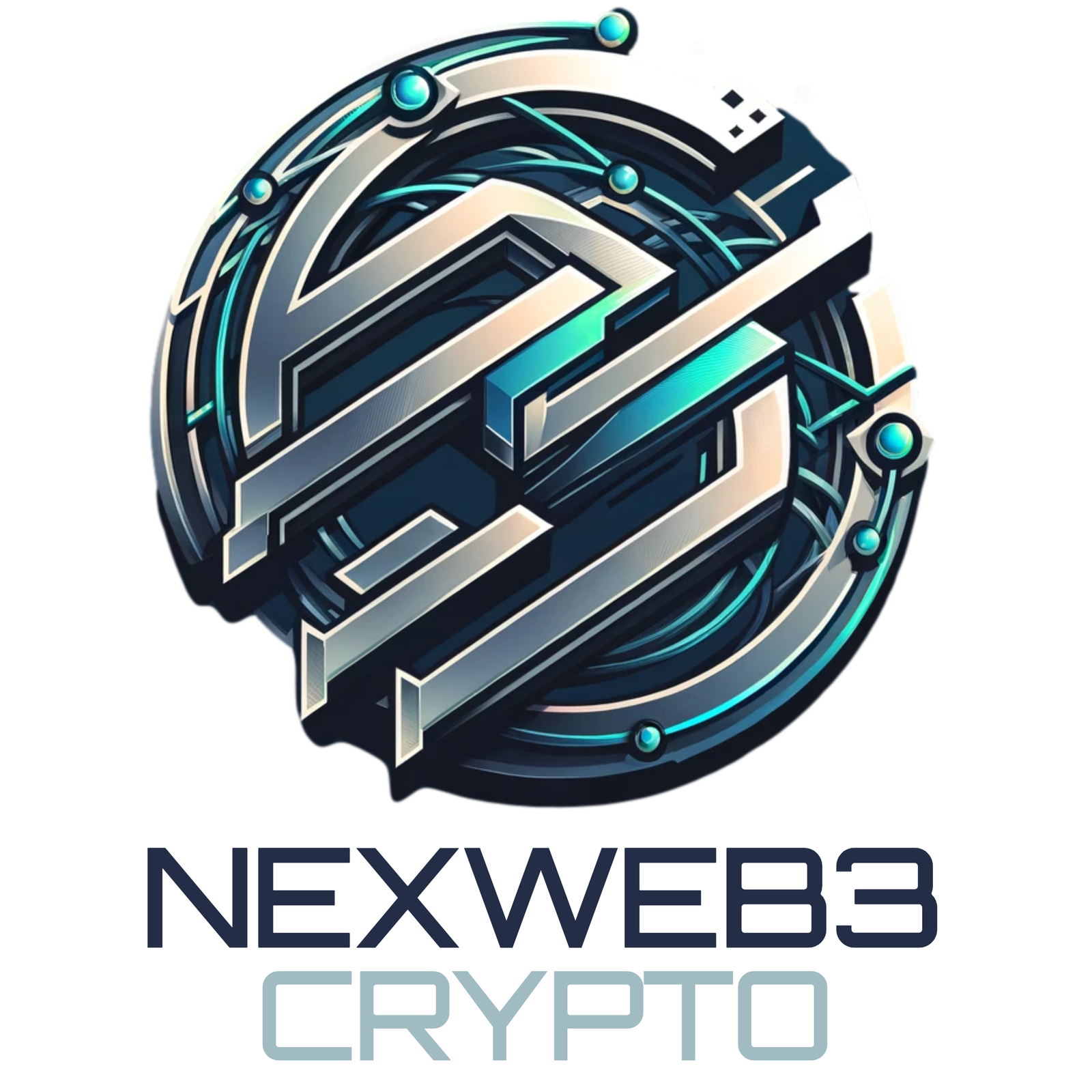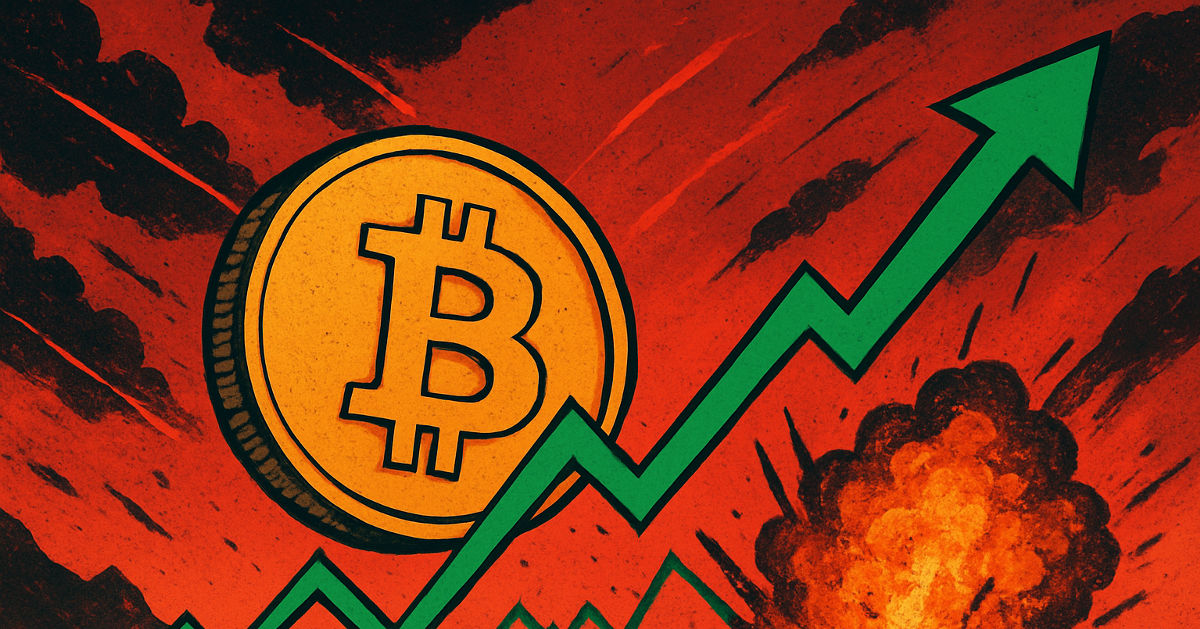The world of digital currencies is constantly evolving with new innovations emerging all the time. One such development that has gained significant attention in recent years are stable coins – a type of cryptocurrency designed to maintain its value relative to traditional fiat currency or goods baskets. These assets offer users predictability amidst an otherwise volatile marketplace thanks to various mechanisms employed by their creators. As more people seek stability within this ever changing landscape these types of crypto assets will likely continue gaining popularity among investors and enthusiasts alike.
Stable coins can be classified into two main categories: asset backed and algorithmic. Asset backed stablecoins are pegged to real world assets such as fiat currencies or commodities like gold. Tether (USDT) is one example that maintains a 1:1 ratio with the US dollar. On the other hand, algorithmic stablecoins use smart contracts and algorithms for dynamic control over their supply based on market demand. They adjust issuance/redemption processes accordingly so prices remain stable at all times. TerraUSD (UST) is an instance of this category which relies solely on complex algorithms instead of physical reserves.
Stable coins are gaining popularity in todays crypto economy due to their numerous advantages. Firstly they offer greater stability compared with traditional cryptocurrencies like Bitcoin or Ethereum which can experience significant price fluctuations within short periods of time. This makes them an ideal option for everyday transactions, remittances and even salary payments in regions with unstable financial systems. Additionally stable coins enable users to retain funds digitally while avoiding volatility – essentially functioning as a bridge between fiat and crypto worlds. With these benefits its no surprise that more people are turning towards stable coins when it comes to managing finances securely and efficiently.
While stable coins offer many benefits for users they also come with certain risks that should not be ignored. With asset backed varieties there are concerns regarding transparency and reserve backing – users must have faith in issuers’ claims about holding sufficient reserves to support their promises. Algorithmic models face different challenges if managed incorrectly; during extreme market conditions these could lead to severe devaluations due to failure of maintaining pegs properly. It is essential to acknowledge both sides before investing or using any type of cryptocurrency as a means of payment or store of value.
Stable coins are transforming how businesses operate within finance by offering a new level of stability and efficiency. These digital assets have become popular among companies looking to streamline cross border payments without relying on traditional banking systems – an important consideration for international trade where time is money! In decentralized finance (DeFi) stablecoins serve as collateral or liquidity providers allowing users access while avoiding volatile cryptocurrencies altogether. The potential benefits offered by these innovative tools cannot be overstated; they represent the future of financial technology!
As technology continues to evolve so too do stable coins. These digital assets are subject not only to technological advancements but also regulatory developments worldwide which means they will continue changing over time. In fact some experts predict that central bank digital currencies (CBDCs) could be integrated with existing stable coin frameworks in the future – potentially leading to even better user experiences across platforms. With all these possibilities on the horizon its clear that stablecoin innovation is far from finished!
As businesses become increasingly familiar with blockchain technology and decentralized financial solutions gain popularity among consumers stable coins could experience a surge in adoption rates. This would make them an everyday tool for both investing and spending purposes. With this potential growth on the horizon its clear that stablecoin usage is set to play an important role in our future economy.
As we navigate through this dynamic landscape of stable coins it becomes clear that while challenges do exist – particularly regarding transparency and regulatory scrutiny – the potential benefits far outweigh any drawbacks when utilized effectively. These versatile assets become crucial for anyone looking to thrive amidst rapid change in economic paradigms as they offer a glimpse into what lies ahead in our increasingly digitized future ripe with opportunities for innovation within finance. As such understanding these tools is critical if one hopes to succeed during times of transformation within financial markets.




